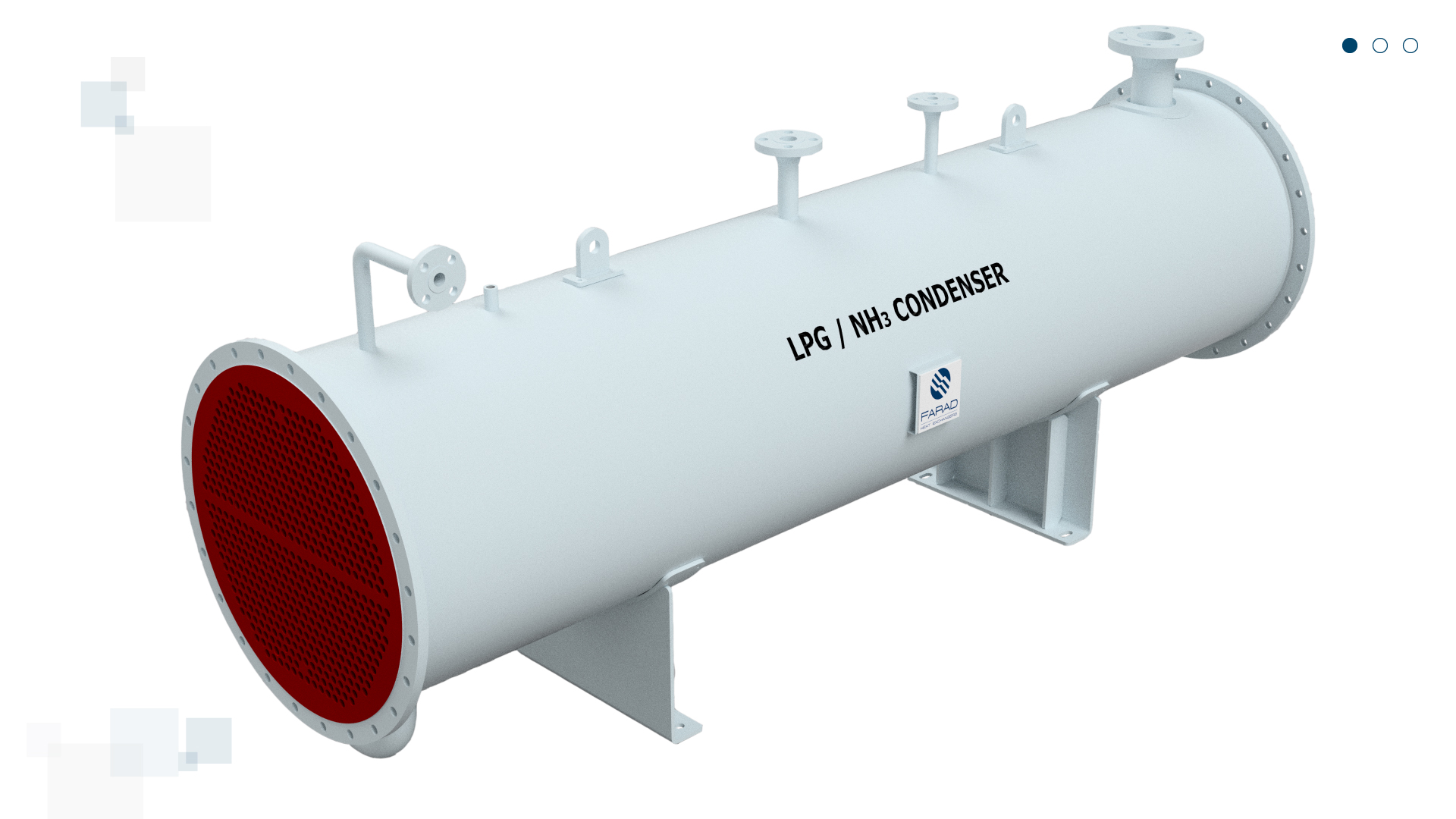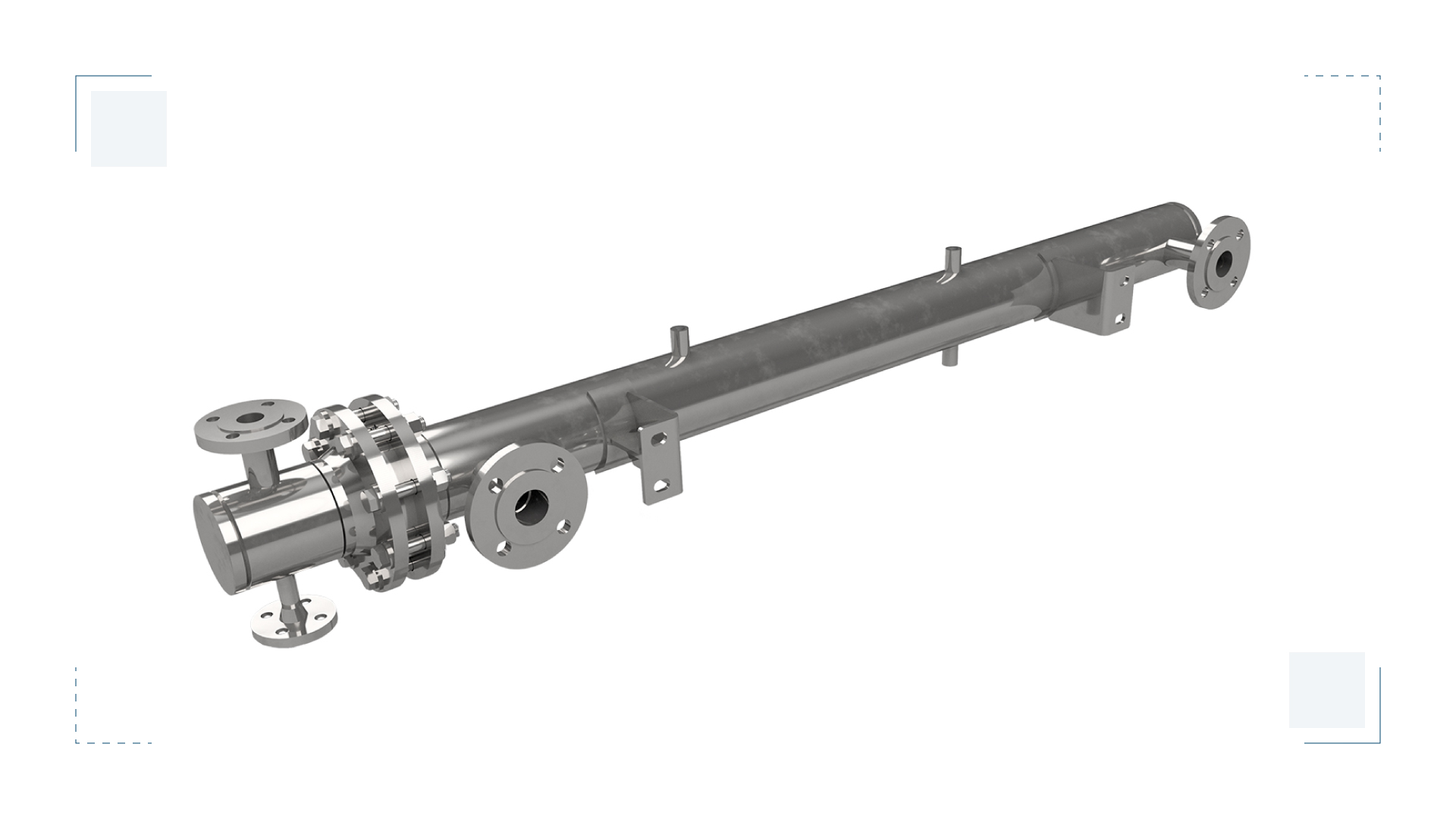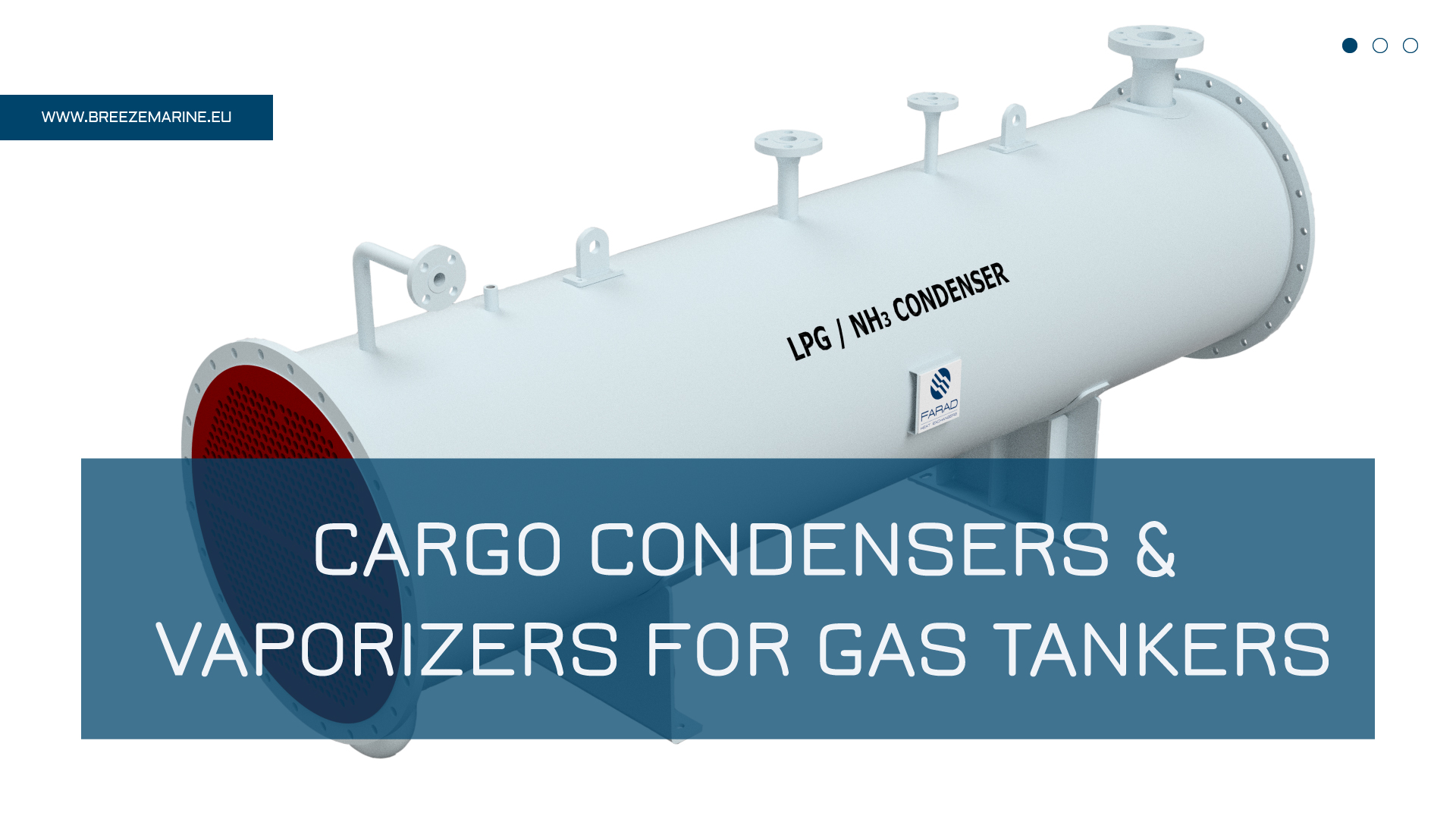The transportation of gas by ships is the most technologically complex operation. Specialized gas tankers transport gas in a liquefied condition – Liquid Petroleum Gas (LPG) and Liquid Natural Gas (LNG). An important aspect of gas transportation is maintaining it in a certain condition at a specific temperature and pressure. Pressure or sealed gas tankers transport gas under pressure, at which its temperature in the liquid condition is equal to the ambient temperature.
In refrigerated gas tankers, gas is transported below its boiling point. This is achieved with the help of marine compressors that compress the gas, which is then cooled in a condenser and enters the tank. To maintain transportation conditions, gas tankers are equipped with complex systems, including cargo condensers and vaporizers.
Artificial cooling is the process of heat removal or absorption, accompanied by a decrease in the temperature of the working fluid to a lower temperature than the ambient temperature. This process requires energy and is carried out in refrigeration units.
The implementation of the so-called ideal reverse Carnot cycle of a refrigeration unit can be carried out by a system of technical devices, including the compressor, condenser, expansion cylinder, and vaporizer. The cycle is carried out under the condition that there are no heat losses, which is practically unrealistic.
The Role of the Condenser
The vapors compressed in the compressor are sent to the condenser, where they are cooled and condensed as a result of heat exchange with seawater. The resulting liquid condensate of the cargo accumulates in the liquid collector or receiver, after which it is discharged back into the cargo tank through the control valve, throttled to the pressure of the cargo in the tank.

In addition, many waste treatment plants are equipped with a shell-and-tube condenser installed above the cargo condenser. The purpose of this heat exchanger is to condense any cargo vapors that, mixed with non-condensable gases such as nitrogen, could not condense at the pressure and temperature existing in the main condenser.
The speed of cargo operations seriously depends on the performance of the cargo condenser, which, in turn, is affected by the temperature and flow rate of seawater, condensation pressure, and temperature of the cargo tank.
Cargo Vaporizers
Vaporizers of liquefied gas or LNG cargo are used to refuel the cargo tanks of gas carriers and increase the pressure in them. There is a vaporizer for liquefied gas on every gas carrier. The same design applies to vaporizers that evaporate liquid fuel from ground storage tanks.

Atmospheric vaporizers are designed for regasification (changing the aggregate state from liquid to gaseous) of methane (LNG), the technological process of which requires the use of the specified product in a gaseous condition.
When using vaporizers, additional energy costs are not required since the gasification/regasification of cryogenic liquids is carried out without an electricity supply at the expense of environmental energy.
However, it should be noted that heat exchangers, including cargo vaporizers used for cargo handling, must be designed and tested, taking into account compliance with the products for which the gas carrier is certified.
Heat exchangers used for cargo handling are considered high-pressure vessels, and IMO requires one safety valve if the pressure capacity is less than 20 m3 and two safety valves if it exceeds 20 m3. All heat exchangers used for cargo handling must be pressure tested and certified by the Gas Carriers Class Company.
Quality Assurance
Breezemarine Group provides complete system upgrades or replacement solutions, specifically for cargo condensers (LPG & NH3) or LNG/LPG vaporizers. Additionally, we conduct an onboard inspection, deliver equipment and spare parts, replace or design, arrange the installation, and provide subsequent maintenance.
Best Materials
Materials for the manufacture and maintenance of condensers and vaporizers are supplied from reputable manufacturers in the EU and the USA, and the thickness of the material is higher than required by the relevant design code. The heat exchangers are designed for long service life. Special anti-corrosion alloys are used, particularly when operating in seawater.
Principal Software
The leading software for the design of condensers and vaporizers is licensed and meets the requirements of classification societies.
Extra Equipment
Additionally, for cargo gas systems that use condensers and evaporators, temperature and pressure sensors, ventilation and drain valves, safety valves, and other equipment are provided according to customer requirements.
High-Level Verification
We can provide third-party approval based on customer requirements. All permits from the Marine Classification Society can be granted.
